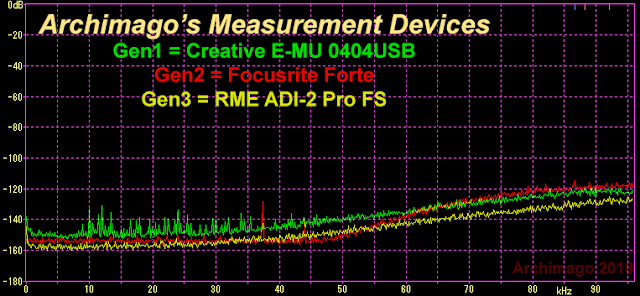That says nothing about "high res." It is about SACD only (not PCM). DSD encoding creates a lot of noise that is pushed out to ultrasonic range using noise shaping/DSP. If you play DSD content even with the above filter on, you are "listening" to tons of ultrasonic energy. So if you think ultrasonics are bad, you better stay way away from SACD!@amirm then from same akm datasheet
''It is recommended for SACD format book (Scarlet Book) that the filter response at SACD playback is an analog Low pass filter with a cut-off frequency of maximum 50kHz and a slope of minimum 30dB/Oct. The AK4490 can achieve this filter response by combination of the internal filter (Table 32) and an external filter (Figure 42).''
No test show if the lpf of a dac is optimised for cd or sacd or high res.
Speaking of high-res, you should watch this analysis I did a while back on what is inside high-frequency music you purchase: (watch full screen)


